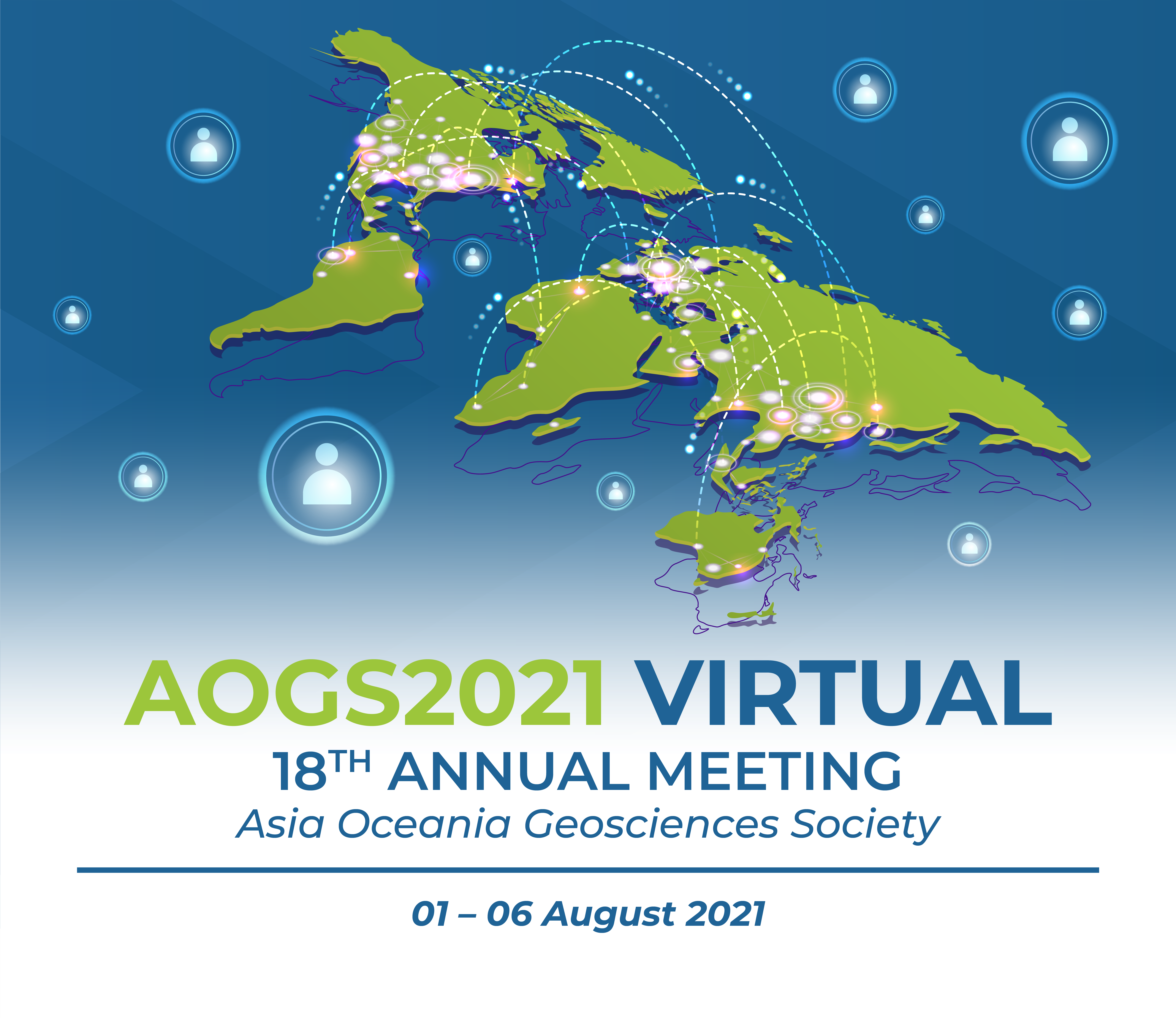

*Attend these AOGS2021 Webinars Free! – Registered Attendees Only
All AOGS e-news subscribers are eligible to attend. Please help us forward this information to your friends and
professional contacts. If not yet a subscriber, they need sign up for an account on MARS to receive
the complimentary invite. Not yet a subscriber?
Sign up Here to Receive Your Complimentary Invitation
Axford Lectures | Medal Lectures | Section Distinguished Lectures
All times shown are Singapore Standard Time (GMT+8)
| BG Section Lectures & Meeting | Room: WB2 |
| Transition | 15:15 – 15:30 |
| BG Kamide Lecture | 15:30 – 16:15 |
| BG Distinguished Lecture | 16:15 – 17:00 |
| BG Section Meeting | 17:00 – 18:00 |

Wed-04 Aug, 15:15 – 18:00, Room: WB2
Kamide Lecture - BG (Save a seat)
“Empowering ecological monitoring from space”
Xuanlong MA
College of Earth & Environmental Sciences, Lanzhou University
Today, a new generation of Earth Observation (EO) satellites for ecological monitoring,
biodiversity and ecosystem resilience assessment scan large parts of the Earth surface at ever higher spatial,
temporal, spectral resolutions. For instance, the recently launched Sentinel-2 satellites allow us to monitor
vegetation properties every 5-10 days globally at 10-m spatial resolution. High-resolution hyperspectral satellites
(e.g. EnMAP, GF-5) that resolve the full optical domain are also being launched. These optical reflectance
measurements are complemented by new spaceborne synthetic active radar (SAR) and Light Detection and Ranging
(LiDAR) instruments (e.g., Sentinel-1 and GEDI).
Both SAR and LiDAR are active remote sensing technologies that measure their own echo to enable us to infer e.g.
vegetation biomass and its three-dimensional structure with much improved accuracy, spatial coverage, and
resolution than previous sensors. In the thermal infrared region, one can infer canopy surface temperatures
from which canopy transpiration rates can be estimated (e.g. EcoSTRESS). Fluorescence light emitted from
green leaves, that can be detected by spaceborne sensors such as GOME-2 and OCO-2, has been shown a highly
promising satellite probe for photosynthetic processes. New generation geostationary satellites, such as
Himawari-8 and FY-4, that can provide observations at 5-15 minutes frequency.
In short: the breath of potential ecological applications based on these new generation EO sensors is huge.
One key question is how to capitalize on these unprecedented amount of of data streams to truly understand
change in structure and functioning of ecosystems in the light of global environmental change and biodiversity
crisis. Here, the potentials in using the data streams from new generation EO sensors for ecological monitoring
will be reviewed and the challenges and research need will also be highlighted.
Biography
Dr. Xuanlong Ma is now working as a Youth Professor in College of Earth and Environmental Sciences, Lanzhou University, China. Dr. Ma is an ecologist and a remote sensing researcher. His areas of expertise are ecosystem function remote sensing and global change ecology, and his main research interest is in using remote sensing to study and analyze broad-scale vegetation dynamics and terrestrial carbon cycling, with the overarching aim of assessing ecosystem resilience against to climatic extremes. Dr. Ma obtained his Ph.D. degree in Ecology from the University of Chinese Academy of Sciences in 2014 (thesis advisors: Professors Qiang Yu & Alfredo Huete). From 2015 to 2017, Dr. Ma worked as a postdoctoral fellow in the Climate Change Cluster, University of Technology Sydney, in collaboration with Professor Huete. From 2017 to 2019, Dr. Ma conducted his second postdoctoral research in the Max-Planck Institute for Biogeochemistry (Jena, Germany) and German Centre for Integrative Biodiversity Research (iDiv), in collaboration with Dr. Miguel Mahecha, Dr. Mirco Migliavacca, Professor Markus Reichstein, and Professor Christian Wirth. Since November 2019, Dr. Ma returned back to China and was appointed as a Youth Professor in Lanzhou University. Link to Dr. Ma’s Google Scholar profile https://scholar.google.com.au/citations?hl=en&pli=1&user=PMN9H78AAAAJ